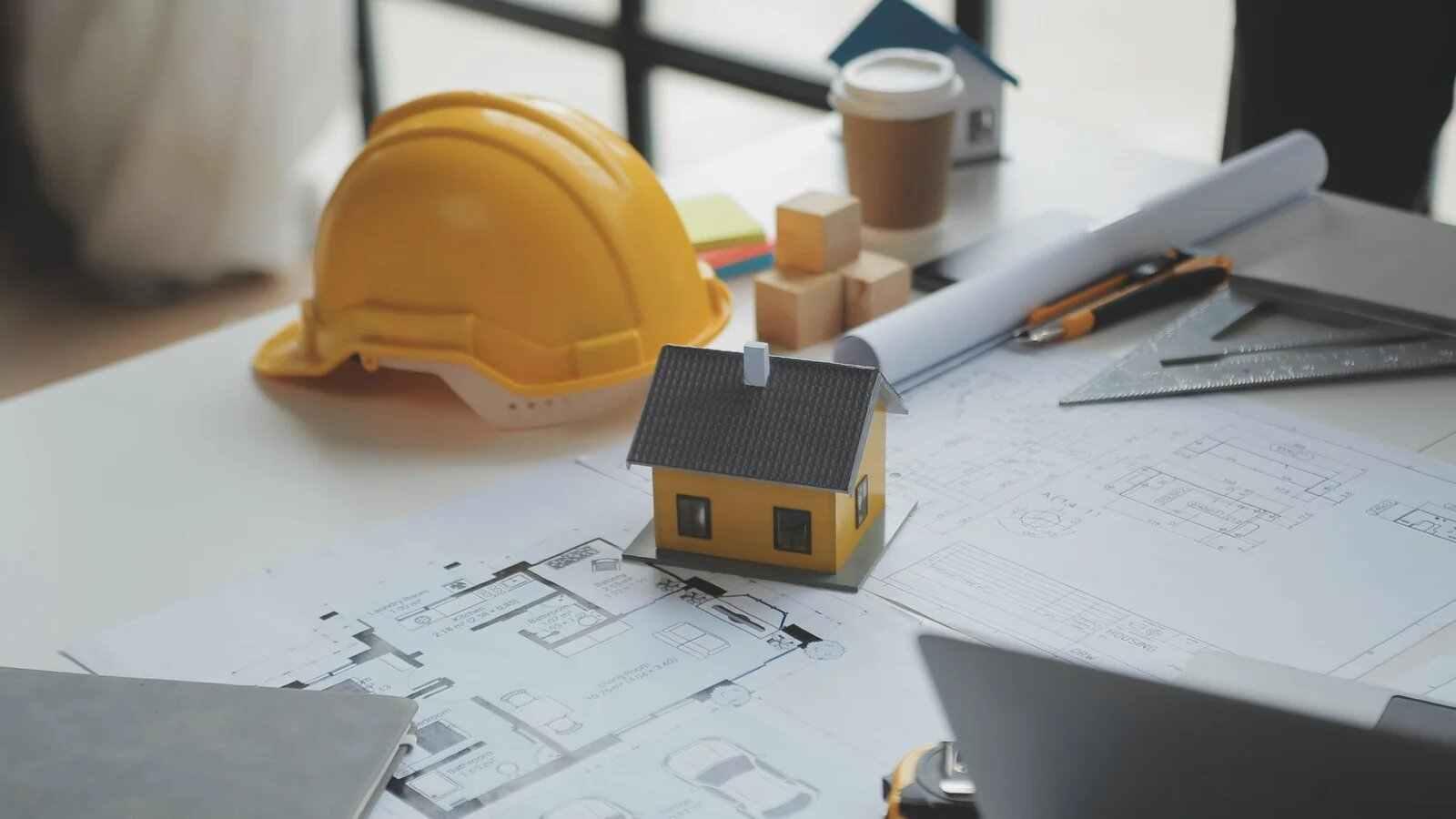The construction industry is no stranger to delays and disruptions, yet in today’s environment the challenges have become more pronounced. Construction slowdowns and renovation bottlenecks create cost pressures that impact project feasibility, increase financial risks, and demand smarter strategies from industry stakeholders. Rising demand, regulatory complexities, labor shortages, and logistical constraints combine to form a cycle of inflated costs and extended project timelines.
Why Construction Slowdowns Occur
Construction slowdowns typically arise from labor shortages, supply chain challenges, and limited availability of critical materials. When these factors converge, project schedules lengthen, forcing contractors and clients to absorb additional expenses. Every delay contributes to higher financing costs, longer rental obligations for temporary accommodations, and disruptions that strain both homeowners and large-scale developers.
How Renovation Bottlenecks Impact Costs
Renovation projects are particularly vulnerable because they often depend on strict timelines and tight budgets. Bottlenecks emerge when approval processes take longer than expected, when specialized trades are overbooked, or when unexpected site conditions require redesigns. Each stage of delay adds incremental costs, from storage of unused materials to extended labor contracts, eroding profitability and affordability.
The Financial and Operational Consequences
The combined effect of slowdowns and bottlenecks goes far beyond the obvious. Extended project timelines increase interest payments, reduce return on investment, and may even jeopardize contractual agreements with stakeholders. Rising labor rates and material prices amplify the financial burden, while uncertainty surrounding project completion undermines client confidence. Operationally, firms face challenges in resource allocation, as delays on one project ripple across other commitments.
Strategies to Address Cost Pressures
Navigating these pressures requires a proactive and structured approach. Early planning and phased execution can help control costs by spreading expenditures over time. Strong supplier relationships and forward purchasing agreements reduce exposure to price volatility. Engaging with skilled labor early and ensuring clear contractual terms can protect against unexpected wage escalations. Leveraging digital project management tools enables real-time monitoring, helping identify potential bottlenecks before they escalate. Flexibility and resilience in planning are crucial for maintaining profitability under uncertain conditions.
For More Info https://bi-journal.com/construction-slowdowns-and-renovation-bottlenecks-create-cost-pressures/
Conclusion
Construction slowdowns and renovation bottlenecks create cost pressures that ripple through budgets, schedules, and overall project viability. By adopting proactive planning, securing reliable partnerships, and leveraging innovative solutions, businesses and homeowners can mitigate risks and achieve successful outcomes. Those who embrace foresight and adaptability will be best positioned to deliver projects efficiently despite challenging conditions.

